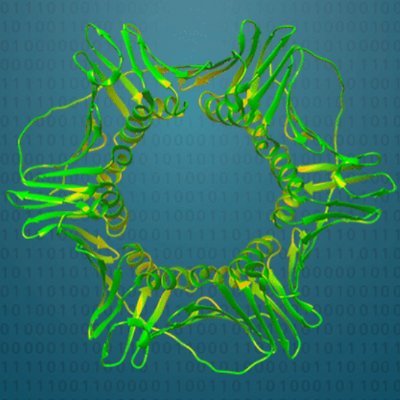
Bioinformatics Advances
@BioinfoAdv
Followers
4K
Following
239
Media
487
Statuses
1K
A fully open access, peer-reviewed journal published jointly by Oxford University Press and the International Society for Computational Biology.
Joined April 2021
@sayalaruano @Henrywebel VueGen is a cross-platform tool for automated scientific report generation. It supports multiple formats (PDF, HTML, PPTX, Streamlit apps, and more), integrates outputs from diverse bioinformatics tools, and enables customization via a unified configuration system.
1
0
0
📄 Explore the latest from Bioinformatics Advances: "VueGen: Automating the generation of scientific reports" . Full article available: . Authors include: @sayalaruano, @Henrywebel
1
1
2
@DelaplaceFranck BooN is a #Python-based software platform for #Boolean network analysis. It supports network design, symbolic computation of stable states, and controllability analysis. Benchmarking shows strong performance on networks with up to 50 nodes and varying formula complexity.
1
0
1
🧠 Recently published in Bioinformatics Advances: "BooN: Boolean network analysis software" by @DelaplaceFranck. Explore the full study:
1
0
1
This study benchmarks multiple #LLMs—including GPT-4, Mixtral-8x7B, and BioMistral—for #phenotype-driven gene prioritization in rare disease cases. A divide-and-conquer approach improved accuracy and reduced bias in ranking candidate genes across datasets from BG, UDN, and DDD.
1
0
0
@RuixiangT @DongxueMao @LiuPF @ZhandongLiu @huxia This study benchmarks multiple #LLMs—including GPT-4, Mixtral-8x7B, and BioMistral—for #phenotype-driven gene prioritization in rare disease cases. A divide-and-conquer approach improved accuracy and reduced bias in ranking candidate genes across datasets from BG, UDN, and DDD.
1
0
0
🧬 Now published in Bioinformatics Advances: “Survey and improvement strategies for gene prioritization with large language models” . Explore the full study: Authors include: @RuixiangT, @DongxueMao, @LiuPF, @ZhandongLiu, @huxia
1
0
1
@BarakRaveh This study introduces the TEMPO integrator, a temporally multiscale method that reduces the number of force evaluations in Brownian dynamics simulations. Benchmarked on IDP models and nucleocytoplasmic transport, TEMPO-enabled simulations achieved 27–32x speedups while preserving.
1
0
1
🧮 Explore the latest from Bioinformatics Advances: “The TEMPO integrator: Accelerating molecular simulations by Temporally Multiscale Force Prediction” . Full article available: . Authors include: @BarakRaveh
1
0
3
This paper presents an FPGA-based tool that accelerates genome-wide association study (#GWAS) permutation testing for continuous #phenotypes.
1
0
0
@pietermonsieurs 💻 The DAPCy software is available #opensource: .Find code, documentation, and tutorials here:
0
0
1






